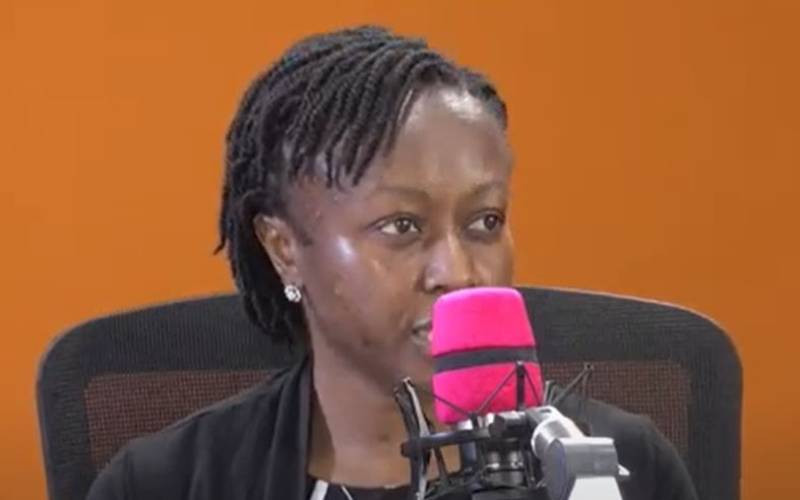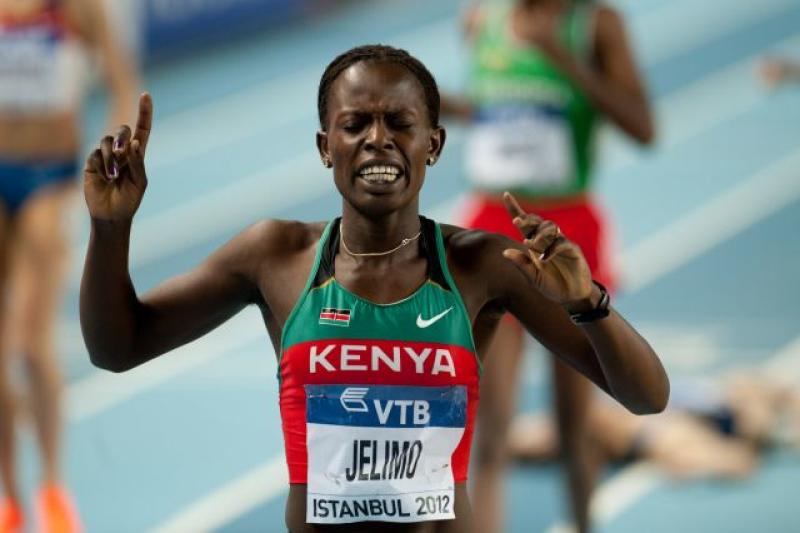That former President Mwai Kibaki invested in the country’s roads is something that resonates with nearly all Kenyans, and not for nothing.
He nearly tripled the length of the road network over his 10 years in office.
During his tenure, the Kenyan road network – a combination of both unpaved and paved roads – grew to 166,000 kilometres from 63,000 kilometres in 2003.
However, while the total length of roads increased by more than 100,000 kilometres, Kibaki’s government grew tarmacked roads by 2,300km over 10 years, illustrating his administration’s focus on boosting the country’s connectivity through a network of new roads in rural areas, many of them basic earth and gravel roads.
Further, he increased funding for roads considerably, from Sh13 billion in 2003 to Sh110 billion by the time he was leaving office.
President Uhuru Kenyatta has continued this heavy focus on the country’s transport infrastructure.
According to the latest data, his regime has built 80,000 kilometres of roads between 2013 and 2018, taking Kenya’s road network to 246,757 kilometres.
Notably, Uhuru’s administration has increased the length of tarmacked roads by 6,000km to 17,600km in 2018.
This has, however, come at a high cost, with the cumulative spending on roads in seven years rising above Sh900 billion as of last year, and most of it financed through loans. This is against Sh185 billion that Kibaki spent in his first seven years in power (2003 to 2009).
According to the Road Inventory and Condition Survey (RICS), Kenya’s road network comprises about 17,600 kilometres of paved roads and 229,100 kilometres of unpaved or gravel roads.
The survey, done by the Kenya Roads Board (KRB), documents the evolution of the country’s road network from 63,000km in 2003 to 161,000km in 2009 and then 246,700km in 2018.
Further, data from the Kenya National Bureau of Statistics (KNBS) shows that spending on road infrastructure grew to Sh154 billion in 2019 from Sh10 billion in 2003.
Cheaper gravel
When compared side by side, the data shows that in his first seven years as president, Kibaki spent Sh185 billion building 98,000km of roads, while over a similar period under Kenyatta, the government built 80,000km, of which 5,800km were tarmac.
According to KNBS data tracking investments on roads over the years, the government spent Sh927 billion on road infrastructure between 2013 and 2019, substantially increasing the length of tarmac in the country.
Kibaki, on the other hand, primarily focused on putting up cheaper gravel roads, which would later be tarmacked.
Kenya has over the last two decades doubled the length of roads with tarmac.
In 2003 when Kibaki took office, the country had 8,900 kilometres of tarmacked roads and was investing about Sh10 billion per year in construction and maintenance of roads.
This, however, increased almost immediately as the length of tarmacked roads grew to reach 11,200 by the time Kibaki was leaving office in 2013.
He also increased allocations for construction and maintenance, which hit Sh117 billion in 2012.
It was under Kibaki that the 50-kilometre Thika Road was built at a cost of Sh32 billion in 2011, translating to Sh640 million per kilometre. At the time, it was seen as a huge investment for a sector that had long been underinvested in.
When Kibaki took office, he embarked on a series of reforms that would later enable him to make impactful investments in infrastructure, especially around improving road transport.
These included the establishment of agencies that would manage roads, specifically rural, urban and national highways.
Through the Kenya Roads Act of 2007, the Kenya National Highways Authority (Kenha), Kenya Urban Roads Authority (Kura) and Kenya Rural Roads Authority (Kerra) were created. This eased pressure on the Ministry of Transport, putting it in a better position to regulate the sector.
It was also under Kibaki that the ‘Roads 2000’ programme was started through which thousands of kilometres of roads were repaired, with the roads agencies mostly contracting local labour.
“The Roads 2000 strategy was conceived with the aim of implementing a new approach to rapidly bring roads to a maintainable standard and place them under effective maintenance with the optimum use of local resources,” noted KNBS in the Economic Survey 2020.
“The R2000 programme is a strategy for road development and management that ensures optimum utilisation and development of locally available resources where technically and economically feasible across the country. The programme creates gainful employment opportunities, supporting local industry and more importantly improving the country’s rural road network.”
Private partners
Kibaki’s regime can be credited with laying the ground that has enabled Kenyatta’s government to move fast and increase the length of tarmacked roads to 17,000km as at the end of last year.
Further, President Kenyatta has made inroads in bringing on board private sector players, with the JKIA-Westlands Expressway, which is currently under construction, being the first project that will be undertaken through a public-private Partnership (PPP) model.
The government has for years tried to woo investors to put money in mega projects such as roads, but this has often been held back by a bureaucratic legal framework. In response, the State plans to review the PPP Act to ease the process for private investors in infrastructure projects.
The current regime is also set to reintroduce road tolls, where motorists are charged to use certain highways, as an incentive for private sector players.
Aside from the JKIA Expressway, other roads earmarked for tolls include Thika Road and the Nairobi Southern Bypass, which was financed through taxpayer cash.
Kenyatta’s ambitious infrastructure programme has seen him build some of the country’s most expensive roads.
The JKIA Expressway will cost Sh65 billion, translating to Sh2.4 billion per kilometre. It will, however, be financed by the contractor China Road and Bridge Corporation (CRBC), which will also operate it after completion and charge tolls to recover its investment.
The second and third phases of the Mombasa County Dongo Kundu bypass project, an 8.9-kilometre road section between Mwache Junction and Mteza, and a 6.9-kilometre road from Mteza and Kibundani, connecting the highway to the Likoni-Lunga Lunga Road, will cost Sh30 billion.
This will translate to close to Sh2 billion per kilometre for the two phases, which have a combined length of 15.8 kilometres. Key contributors to the high cost are two sea bridges with a length of 2.1 kilometres.
 The Standard Group Plc is a multi-media organization with investments in media platforms spanning newspaper print
operations, television, radio broadcasting, digital and online services. The Standard Group is recognized as a
leading multi-media house in Kenya with a key influence in matters of national and international interest.
The Standard Group Plc is a multi-media organization with investments in media platforms spanning newspaper print
operations, television, radio broadcasting, digital and online services. The Standard Group is recognized as a
leading multi-media house in Kenya with a key influence in matters of national and international interest.











